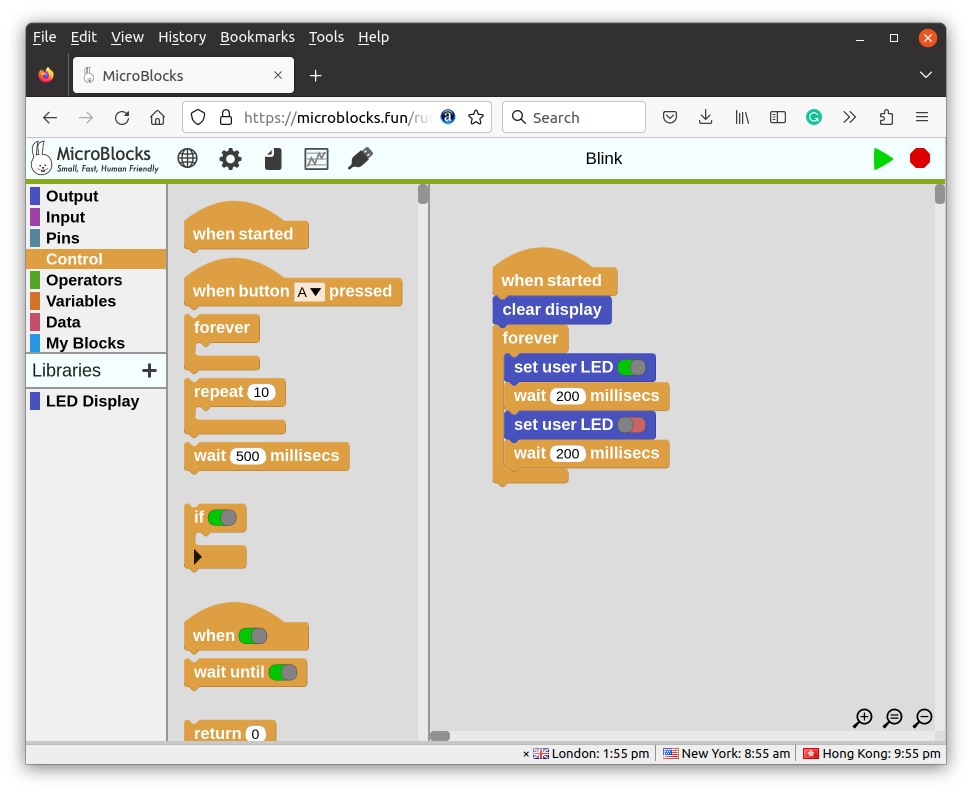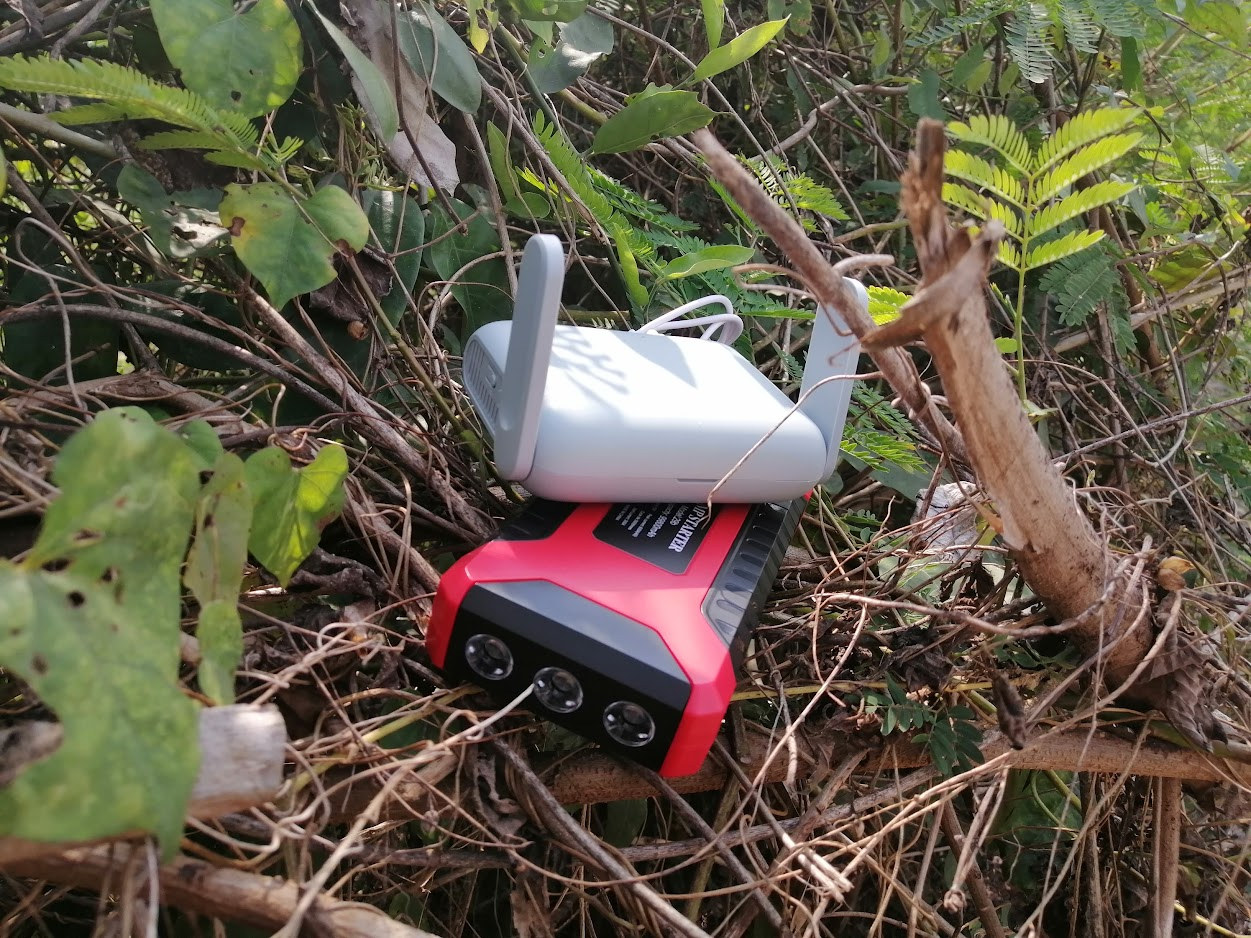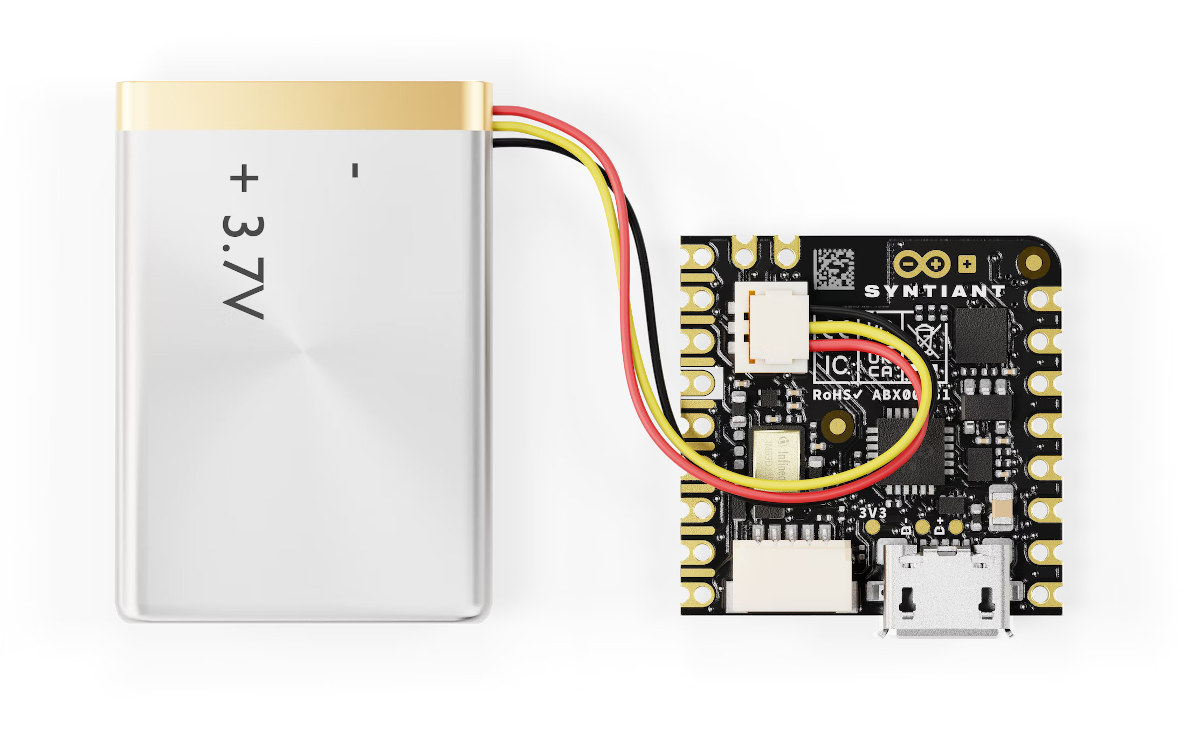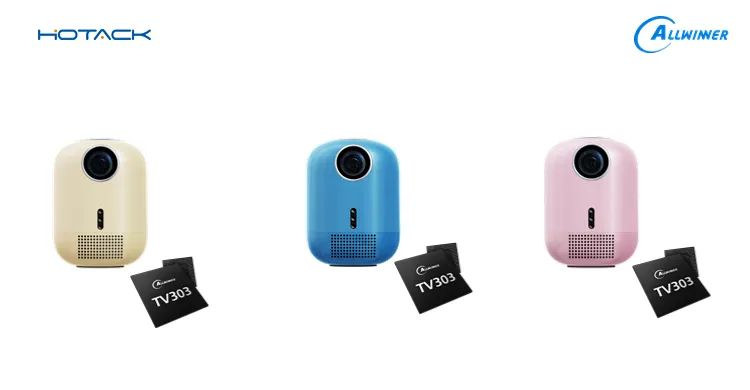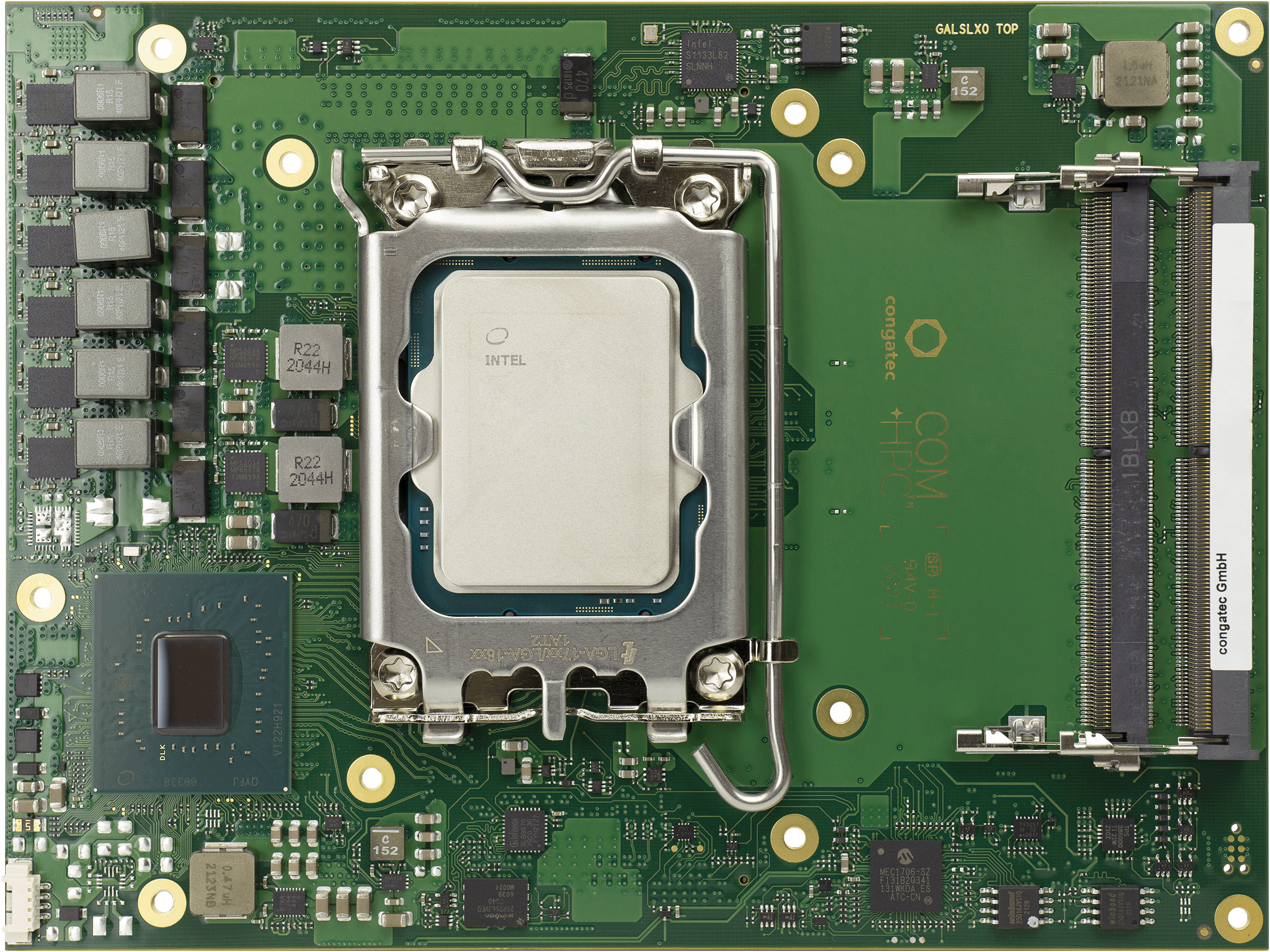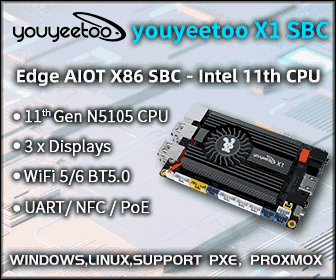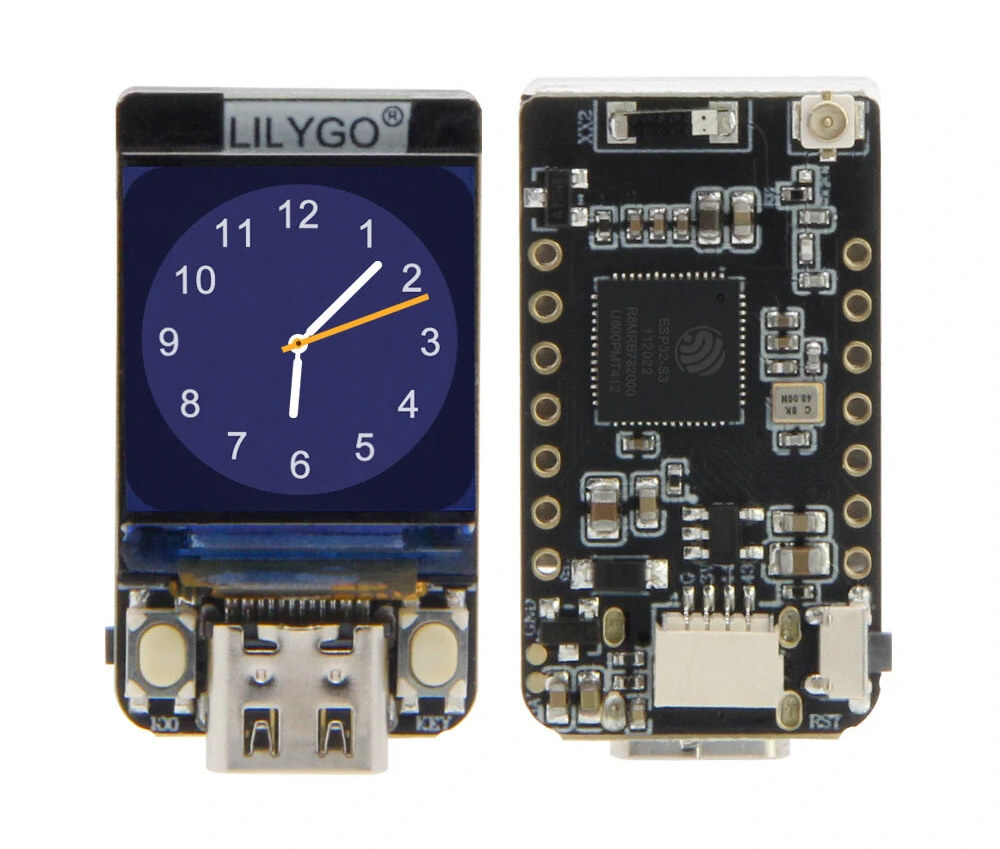MicroBlocks is a visual programming IDE for 32-bit microcontrollers currently supporting the BBC Micro:bit V1/V2, Calliope mini (aka the German Micro:bit), Adafruit Circuit Playground Express and Bluefruit, Raspberry Pi Pico and Pico W, and various other boards including ESP32 and ESP8266-based boards. I discovered MicroBlocks in the list of talks for FOSDEM 2023, and although it did not make it to my virtual schedule, I thought it was interesting to look into and write about it. In their upcoming FOSDEM talk, Bernat Romagosa and Kathy Giori refer to MicroBlocks as small, fast, and human-friendly with development guided by four guiding principles: liveness, parallelism, portability, and autonomy. The IDE is inspired by Scratch, and as such, looks very similar to other visual programming interfaces I have used over the years. You can launch MicroBlocks from Google Chrome or Microsoft Edge on a PC (not a mobile device) without having to install […]
FOSDEM 2023 schedule – Open-source Embedded, Mobile, IoT, Arm, RISC-V, etc… projects
After two years of taking place exclusively online, FOSDEM 2023 is back in Brussels, Belgium with thousands expected to attend the 2023 version of the “Free and Open Source Developers’ European Meeting” both onsite and online. FOSDEM 2023 will take place on February 4-5 with 776 speakers, 762 events, and 63 tracks. As usual, I’ve made my own little virtual schedule below mostly with sessions from the Embedded, Mobile and Automotive devroom, but also other devrooms including “Open Media”, “FOSS Educational Programming Languages devroom”, “RISC-V”, and others. FOSDEM Day 1 – Saturday February 4, 2023 10:30 – 10:55 – GStreamer State of the Union 2023 by Olivier Crête GStreamer is a popular multimedia framework making it possible to create a large variety of applications dealing with audio and video. Since the last FOSDEM, it has received a lot of new features: its RTP & WebRTC stack has greatly improved, Rust […]
GL.iNet Beryl AX OpenWrt router review – WiFi 6 performance, repeater, NAS, and 4G hotspot modes
In the first part of the review of GL.iNet GL-MT3000 “Beryl AX” pocket-size WiFi 6 OpenWrt router we had a look at the specifications, the package content, and the hardware design with a teardown of the little router. I’ve now had more time to play with the router focusing the review on WiFi 6 performance, and some of its functions such as repeater, NAS, and 4G hotspot. The router also supports VPN client and server modes, the Tor network, and Adguard Home, but I’ll invite readers to check out the GL.iNet Brume 2 security gateway review since I went through all these, and the hardware is very similar minus wireless connectivity. Initial setup of the Beryl AX router If you connect an Ethernet cable to the router you can switch to step two. If you only rely on WiFi for the setup that works too as the Beryl AX router […]
Arduino Nicla Voice enables always-on speech recognition with Syntiant NDP120 “Neural Decision Processor”
Nicla Voice is the latest board from the Arduino PRO family with support for always-on speech recognition thanks to the Syntiant NDP120 “Neural Decision Processor” with a neural network accelerator, a HiFi 3 audio DSP, and a Cortex-M0+ microcontroller core, and the board also includes a Nordic Semi nRF52832 MCU for Bluetooth LE connectivity. Arduino previously launched the Nicla Sense with Bosch SensorTech’s motion and environmental sensors, followed by the Nicla Vision for machine vision applications, and now the company is adding audio and voice support for TinyML and IoT applications with the Nicla Voice. Nicla Voice specifications: Microprocessor – Syntiant NDP120 Neural Decision Processor (NDP) with one Syntiant Core 2 ultra-low-power deep neural network inference engine, 1x HiFi 3 Audio DSP, 1x Arm Cortex-M0 core up to 48 MHz, 48KB SRAM Wireless MCU – Nordic Semiconductor nRF52832 Arm Cortex-M4 microcontroller @ 64 MHz with 512KB Flash, 64KB RAM, Bluetooth […]
Allwinner TV303 quad-core Cortex-A53 “Smart Screen” processor is made for projectors
Previously known for its tablet SoCs, Allwinner has been focusing on low-cost Cortex-A7 and Cortex-A53 processors for consumer devices in recent years, and the Allwinner TV303 quad-core Cortex-A53 processor is yet another one and appears to be the first of Allwinner TV-series processors designed for “smart screens”, notably smart Android projectors. I could not find any references for TV303 on the Allwinner website, but the company did publish a post on Weixin about a “Smart Android Projector” by Hotack based on the new processor and showcased at CES 2023. Allwinner TV303 preliminary specifications: CPU – 4x Arm Cortex-A53 GPU – Arm Mali-G31 VPU – 4K hardware video decoding + image quality engine Video Output – Up to Full HD Video Input – HDMI input The projector itself features two stereo speakers, WiFi 6 connectivity, and can be turned into a Bluetooth speaker. It also supports keystone correction and autofocus. Allwinner […]
conga-HPC/cRLS Raptor Lake COM-HPC Client module supports up to 128GB DDR5 RAM
Congatec conga-HPC/cRLS is a COM-HPC Client Size C computer-on-module based on a 13th gen Intel Raptor Lake processor with support for up to 128GB DDR5 memory through four SO-DIMM sockets. The COM-HPC module also provides up to three DDI display interfaces, two 2.5GbE networking interfaces with TSN support, two SATA storage interfaces, and a range of PCIe Gen 3, 4, and 5 interfaces through the two 400-pin connectors defined in the COM-HPC standard. conga-HPC/cRLS specifications: Raptor Lake-S SoC (one or the other) Intel Core i3-13100E with 4x P-cores @ 3.3GHz / 4.4GHz, 12 MB cache, Intel UHD Graphics 730; PBP: 65W Intel Core i5-13400E with 6x P-cores @ 2.4GHz / 4.6GHz, 4x E-cores @ 1.5GHz / 3.3GHz, 20MB cache, Intel UHD Graphics 730; PBP: 65W Intel Core i7-13700E with 8x P-cores @ 1.9GHz / 5.1GHz, 8x E-cores @ 1.3GHz / 3.9GHz, 30MB cache, Intel UHD Graphics 770; PBP: 65W Intel […]
Intel kills PathFinder IDE for RISC-V processors
Intel has just discontinued PathFinder Eclipse-based development environment for RISC-V processors with the website now reading: We regret to inform you that Intel is discontinuing the Intel Pathfinder for RISC-V program effective immediately. Since Intel will not be providing any additional releases or bug fixes, we encourage you to promptly transition to third-party RISC-V software tools that best meet your development needs. PathFinder was a pre-silicon open-source development environment with support for vairous RISC-V cores, a set of other IP’s, multiple operating systems, and toolchains. It allowed designers to create RISC-V SoCs to and run them on FPGA platforms such as the Terasic developer kit or Startix-10 GX evaluation kit. PathFinder appears to just be one of the casualties after Intel reported a loss for Q4 2022, and announced it will lose even more in Q1 2023 with Tom’s Hardware also highlighting Intel would stop investing in new products for […]
LILYGO T-QT Pro 0.85-inch WiFi IoT display adds support for battery charging
LILYGO T-QT Pro is an ESP32-S3 WiFi and BLE IoT board with a 0.85-inch color display, 4MB flash, 2MB PSRAM, a USB-C port, a few GPIOs, and support for LiPo battery with charging. It is an upgrade to the ESP32-S3-based LILYGO T-QT V1.1 board that also supports LiPo battery power but lacks a charging circuit, so you had to remove the battery and charge it manually each time. The T-QT Pro adds a charging circuit and switches from an ESP32-S3 with an 8MB flash design to one using ESP32-S3FN4R2 with 4MB flash and 2MB PSRAM. LilyGO T-QT Pro specifications: Wireless MCU – Espressif Systems ESP32-S3FN4R2 dual-core Tensilica LX7 @ up to 240 MHz with vector instructions for AI acceleration, 512KB RAM, 4MB flash, 2MB PSRAM, wireless connectivity Connectivity via ESP32-S3 2.4 GHz 802.11 b/g/n Wi-Fi 4 with 40 MHz bandwidth support Bluetooth Low Energy (BLE) 5.0 connectivity with long-range support, […]


